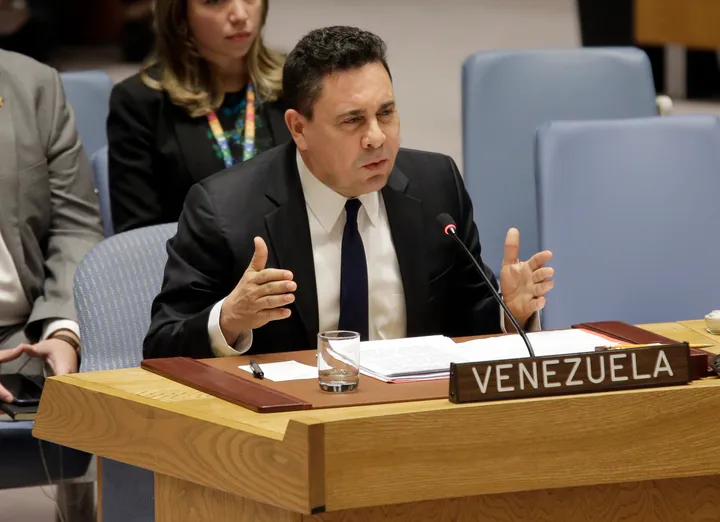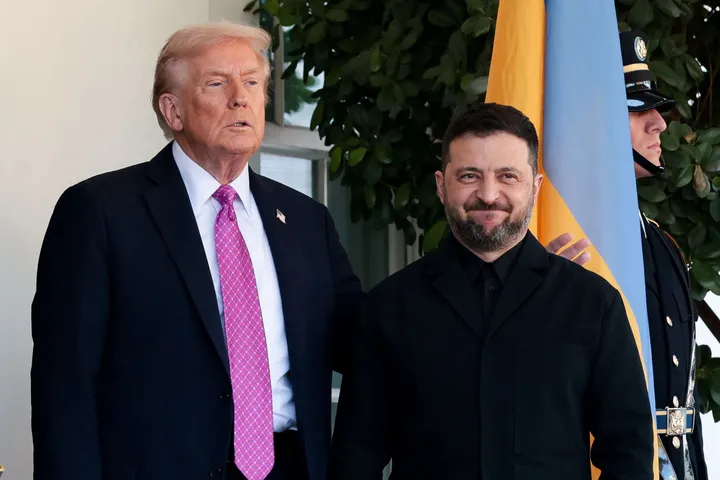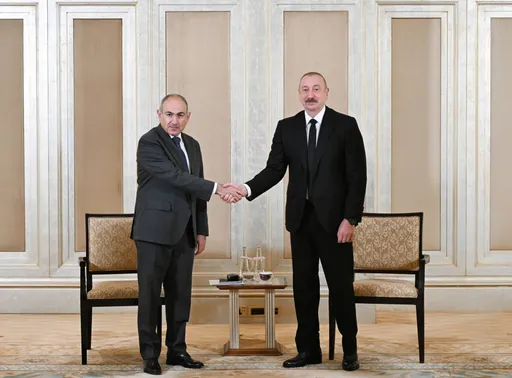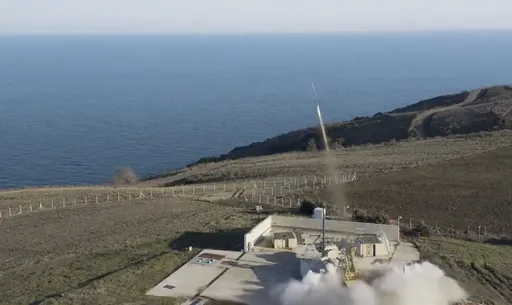There are hopes that a raft of new Covid-19 vaccines could mean life may soon return to normal - if there is a normal left to go back to.
Several are in the pipeline, some are being deployed and recently, two particular frontrunners have grabbed global headlines.
But despite all the news reports, there is still a long way to go before the vaccines can become viable.
Researchers have been working flat out conducting research and trial tests - these would normally take a decade to complete - in a desperate bid to end the deadly global pandemic that has so far claimed almost 1.5 million lives and infected approximately 60 million people.
So what are the vaccines that are likely to hit the market soon
Oxford University-AstraZeneca
The latest announcement was made by the University of Oxford. Interim data suggest that it offers a 70 percent protection rate, however, the researchers found that if the dose was tweaked a bit, that number could rise to 90 percent.
Preliminary tests showed that the Oxford/AstraZeneca formula works equally well across all age groups - including the elderly.
While the protection rate is somewhat lower than some other varieties, it comes with the advantage of being cheaper and easier to store. The Oxford vaccine costs an estimated $4 compared to $25 for Pfizer's and $33 for Moderna's.
The Oxford vaccine can also be stored at a regular fridge temperature whereas Pfizer's and Moderna's need to be stored at -20 and -70 celsius respectively.
This is paramount when it comes to its distribution among countries that lack the storage capacity or financial power to purchase some of the more expensive alternatives.
The results from Oxford University come on the back of other good news.
Pfizer/BioNTech
Earlier in the month, pharmaceutical behemoths, Pfizer and BioNTech, announced that they had developed a vaccine that showed 95 percent protection against the coronavirus.
The Pfizer/BioNTech vaccine requires temperatures of -20 celsius to be effective and it can only be stored for up to 6 months. This means that doctors will be in a race against time to use it, or lose it. More importantly, this vaccine could run into problems in parts of the world that might not have the necessary refrigeration capacity.
It was the first major announcement of a vaccine reaching phase three, widely considered as the most important testing stage, where large-scale vaccination is carried out on volunteers.
What is special about the Pfizer/BioNTech announcement is that in addition to being the first to present a workable vaccine, they have depended on a technology that has never been used before and could revolutionise the way we think about vaccines in the future.
The technology is called RNA: it works by introducing an mRNA sequence (the molecule which tells cells what to build) which goes on to alert the body’s cells what they need to do when a specific disease enters the body.
This experimental new way of manufacturing drugs is also a turning point in the field - many had assumed that the technology was decades away from being realised, but according to some scientists, the field has moved at least one decade in the last few months alone.
Moderna
Shortly after the Pfizer/BioNTech announcement, US-based pharmaceutical company Moderna announced that it too had developed a vaccine that had a 95 percent protection rate.
As the most expensive vaccine so far at $33, it is also the most difficult to store requiring special freezing to keep the vaccine viable at minus 70 celsius. It also means that global availability in less developed country will be limited.
Moderna also used the experimental RNA technology in designing the vaccine and completed phase three testing which saw 30,000 volunteers trialling out the vaccine.
But it’s not just Pfizer/BioNTech, Moderna and Oxford University that has moved quickly to find a vaccine.
Russia and China have also been racing to test and to ensure they, too, are equipped with their own formula.
Sputnik V
Moscow has been keen to ensure that it is not left behind in the high stakes game of the deadly pandemic. Russia has been touting its Sputnik V vaccine, which it recently said had an effective rate of 95 percent.
According to the Russian press, senior officials in the government have taken the Sputnik V vaccine, however, Russian President Vladimir Putin has said that he will wait for the trials to be finalised and the vaccine to be officially certified before he takes his dose.
Sputnik V vaccine has not been tested in phase three controlled trials and it will take time to see what the effective immunity rate will be.
The price for the Sputnik V be around $10 according to reports and it can be frozen in a regular fridge temperature. Belarus, Venezuela, India and the United Arab Emirates have already placed orders for the Russian made vaccine.
Russia has said that it will begin mass testing in 2021.
Sinopharm
China has also been working on its own formula and more than one million people have been given an experimental vaccination they have created.
The Chinese pharmaceutical company Sinopharm has been handing it out to essential workers including diplomats, medical workers and the military in a bid to test it before it rolls it out to the rest of the country.
Some scientists have questioned whether Russian and Chinese scientists, backed by their respective governments, have moved too fast in mass testing their vaccines, however, to date, there have not been any suggestions that their concoctions have caused major side effects.
There have been reports that the China made vaccine could cost around $145, one of the most expensive in the world. The price was initially advertised in August and there has been no updates in the pricing structure.
The scramble for vaccines
Countries around the world are not only racing to be the first to find a cure to Covid-19, but also the first to acquire a vaccine.
According to Reuters’ calculations, the EU alone has snapped up more than 1 billion doses, and billions more orders are underway as countries attempt to secure a bid to normality.
Mass vaccinations are expected to begin at the start of 2021 picking up throughout the year.
























